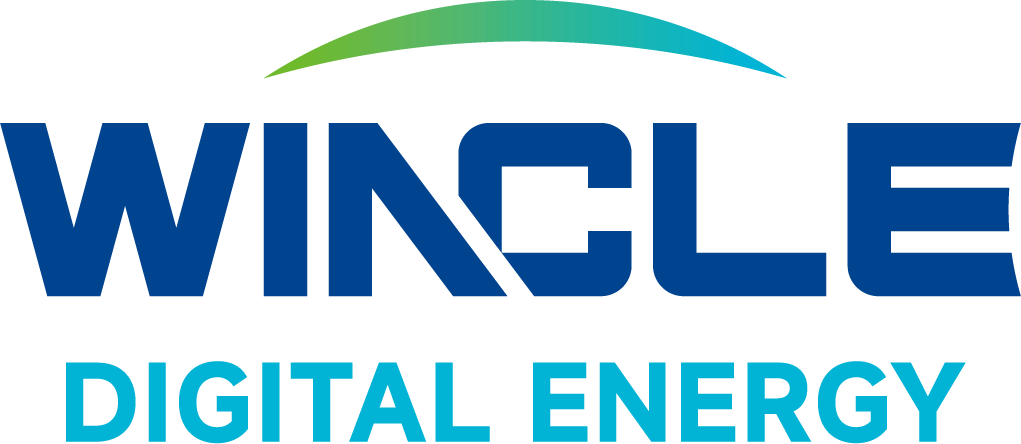Understanding the PV ESS Grid Integrated System: A Key to Sustainable Energy Solutions
Release time:
2025-03-02
Source:
The PV ESS Grid Integrated System, or Photovoltaic Energy Storage System Grid Integration, is a sophisticated solution that integrates solar energy generation with battery storage and grid connection. It is designed to optimize the use of solar power by storing excess energy generated during peak sunlight hours and releasing it during periods of low sunlight or increased energy demand. This integration plays a crucial role in enhancing energy efficiency and reliability within power systems.
At its core, the PV ESS Grid Integrated System consists of three main components: solar panels, energy storage systems (ESS), and grid connectivity solutions. Solar panels convert sunlight into electricity, providing a renewable source of energy. The energy storage system, typically comprising advanced batteries, stores excess energy for later use, making it possible to harness solar power even when the sun isn't shining. The grid connectivity component ensures that this stored energy can be fed back into the grid or used for local consumption, providing flexibility and stability.
One of the standout benefits of the PV ESS Grid Integrated System is its ability to support energy independence. By using locally generated solar energy and storing it for later use, consumers can reduce their reliance on traditional energy sources and mitigate the effects of fluctuating energy prices. This is particularly important as the world shifts towards more sustainable energy solutions, and individuals and businesses alike seek ways to lower their carbon footprints.
Moreover, the integration of these systems enhances grid stability. Traditional power grids often face challenges related to supply and demand fluctuations. The PV ESS Grid Integrated System mitigates these issues by providing a buffer of stored energy that can be tapped into during peak demand periods. This helps to prevent blackouts and supports a more resilient energy infrastructure.
Additionally, the technological advancements in battery storage have significantly improved the efficiency and lifespan of energy storage systems. Modern batteries are now capable of delivering higher energy densities, faster charging times, and longer operational lifetimes, making them ideal for integration with solar systems. As technology continues to evolve, the potential for enhanced performance and greater cost-effectiveness in PV ESS Grid Integrated Systems is on the rise.
In conclusion, the PV ESS Grid Integrated System is revolutionizing how we approach renewable energy, making solar power more accessible and reliable. By combining solar energy generation with advanced storage and grid integration, this system not only supports energy independence but also enhances overall grid stability. As the world moves towards more sustainable energy solutions, understanding and adopting this technology will become increasingly essential for both consumers and energy providers alike.
PV ESS Grid Integrated System
latest news












